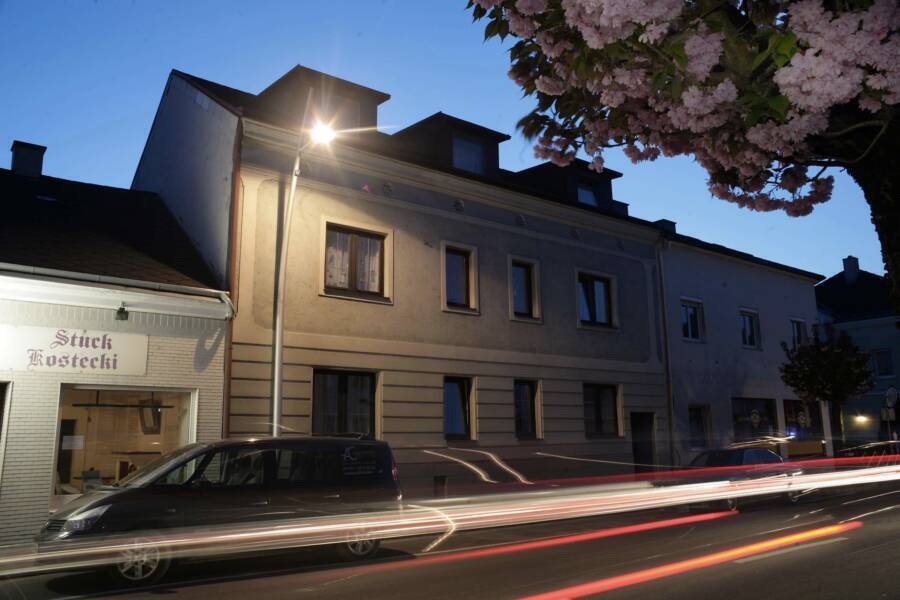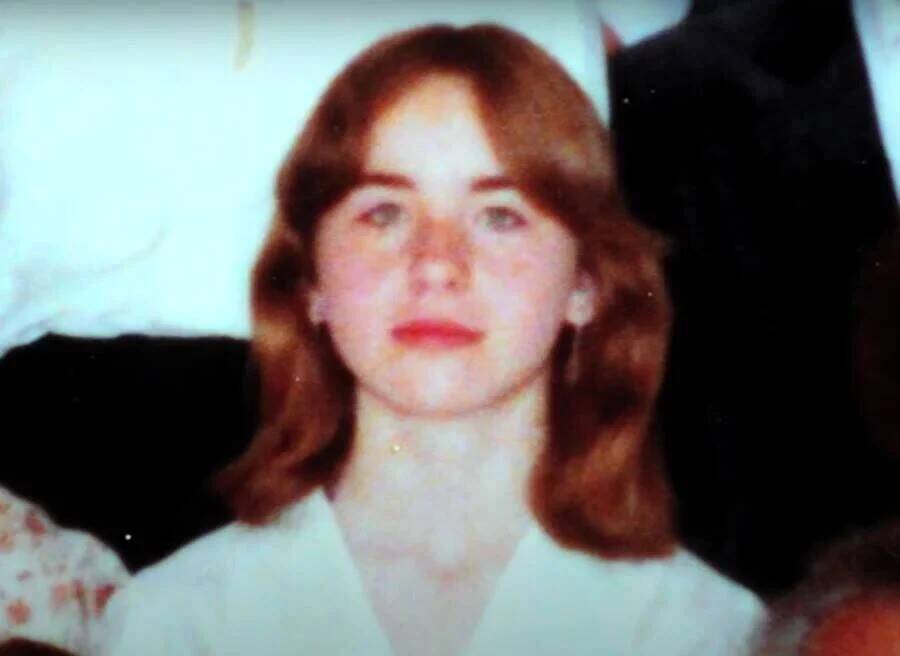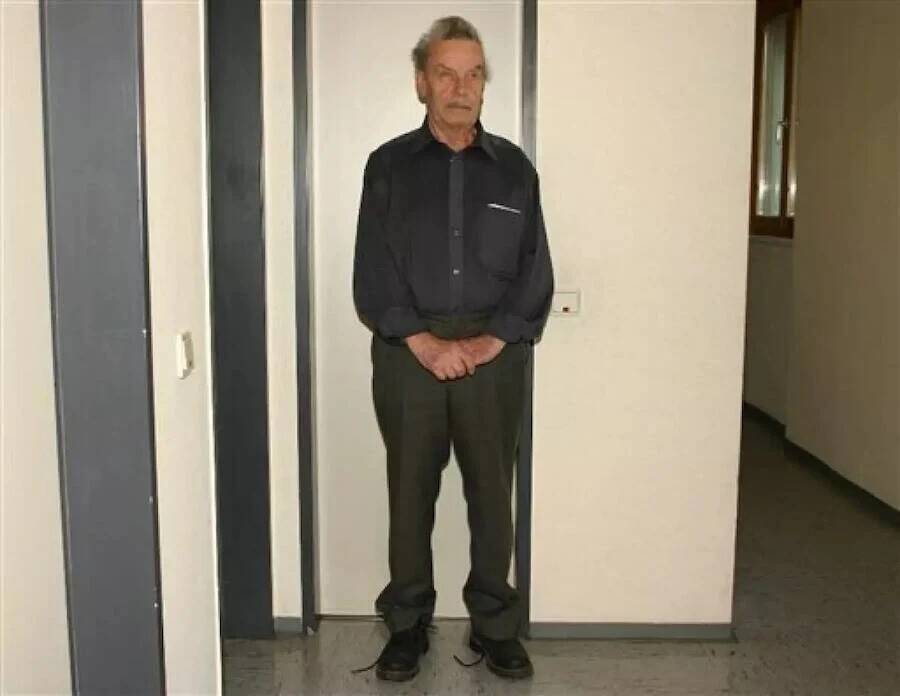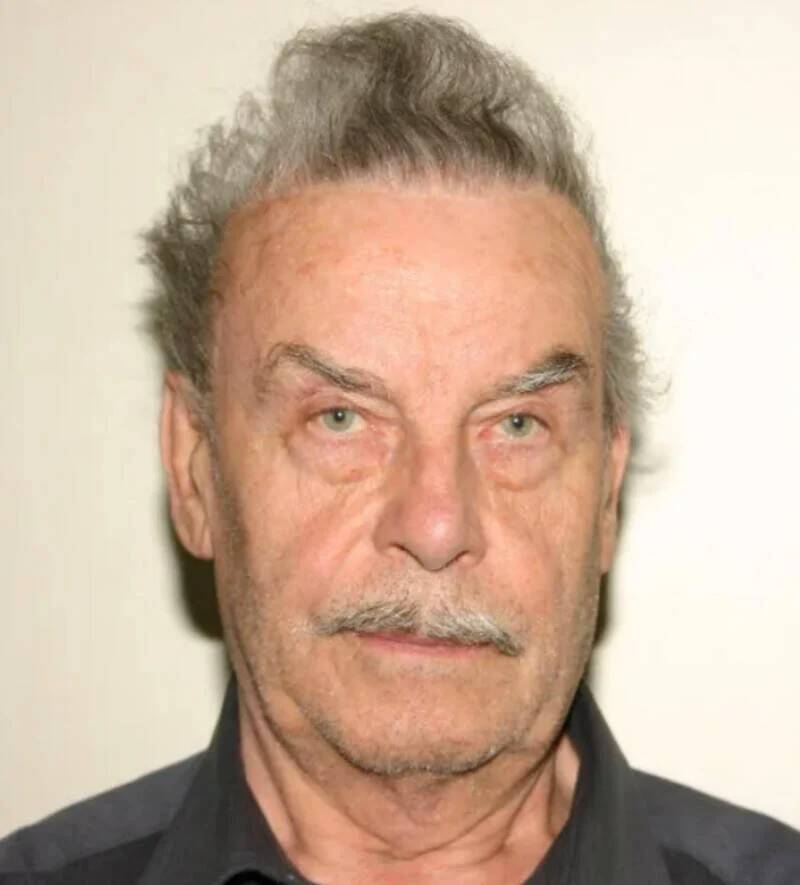After spending nearly two decades locked in a basement, Stefan Fritzl walked with a permanent stoop and suffered from several ailments caused by a lack of vitamin D because he had never seen the Sun.

SID Lower Austria/Getty ImagesStefan Fritzl spent the first 18 years of his life imprisoned in the cellar of this home at Ybbsstrasse 40 in Amstetten, Austria.
Stefan Fritzl was born into a nightmare. His world had no sunlight and no blue sky. In fact, his world was composed of a tiny basement dungeon where his sadistic grandfather, Josef Fritzl, had imprisoned his mother, Elisabeth Fritzl, in order to make her into his sex slave.
For 18 years, Stefan was a captive in the cellar alongside Elisabeth and his two siblings, Kerstin and Felix. He learned to talk by watching television and had to walk with a stoop once he grew taller than the basement ceilings.
However, in 2008, everything changed when Kerstin fell ill. Stefan and his family were able to escape, and the teen finally saw the Sun for the first time in his life.
This is the story of Stefan Fritzl, from his torturous beginnings to his adjustment to the outside world.
How Stefan Fritzl Was Born Into A Nightmare
By the time Stefan Fritzl was born on Feb. 1, 1990, his mother Elisabeth had been his grandfather Josef’s captive for six years.

60 Minutes Australia/YouTubeElisabeth Fritzl was just 18 when her father made her his captive and subsequently raped her at least 3,000 times.
Josef — who had abused Elisabeth since she was 11 years old — lured her down to the basement prison he had designed beneath their home in 1984 when Elisabeth was 18. He knocked her out, tied her to the bed, and began to systematically rape and abuse her. Josef beat her, withheld food to break her will, and forced her to reenact scenes from violent pornographic films.
In 1986, Elisabeth got pregnant and miscarried at 10 weeks. In 1987, she got pregnant again, and she gave birth to her daughter Kerstin in August 1988. Then, in February 1990, Stefan Fritzl was born.
Kerstin and Stefan’s births were torturous affairs. Josef only gave his daughter scissors (to cut the umbilical cord), a blanket, and some diapers. When Kerstin was born, he did not even check on Elisabeth for 10 days.

Police NiederoesterreichJosef Fritzl after his arrest in 2008. He withheld food or shut off the lights whenever he was angry with Elisabeth or her children.
“The deliveries took place in a contaminated atmosphere without a source of fresh air and no heating or hot water,” an indictment later explained.
As Stefan Fritzl grew up, he did so entirely underground.
Stefan Fritzl’s Life In The Cellar
After Stefan’s birth, Elisabeth Fritzl had five more children: Lisa in August 1992, Monika in February 1994, twins Alexander and Michael in April 1996, and Felix in 2002.
However, Michael did not survive long. Josef Fritzl refused to get the infant medical help, telling Elisabeth, “What will be, will be,” and later burning his body in an incinerator. He also brought Lisa, Monika, and Alexander out of the cellar and into the home upstairs that he shared with his wife, Elisabeth’s mother. Josef, who had always claimed that Elisabeth had run off to join a cult, pretended that she had sent the children to be raised by their grandparents.

SID Lower Austria/Getty ImagesA look inside the cellar where Josef held Stefan Fritzl, his mother, and his siblings.
The truth was that the cellar — though Joseph expanded it by 400 square feet in 1994 — was too small for all the children.
As such, Stefan Fritzl spent most of his childhood with only Elisabeth and Kerstin for company (Felix wasn’t born until Stefan was 12). Though Josef made life for them hellish, beating them and sometimes cutting off electricity or withholding food when he was angry, Elisabeth did her best to create happy times for her children. She educated them, sang them lullabies, covered the walls with images of flowers, stars, and animals, and staved off boredom by crafting models out of cardboard or making up fantasy stories.
When Felix was born in 2002 — Josef left him in the cellar, purportedly because he thought his wife could not handle another child — Stefan also drew close to his younger brother.
But despite Elisabeth’s best efforts, Stefan Fritzl and his siblings were still living as captives. Without exposure to sunlight, they grew pale and lost most of their teeth. They lived in a space with ceilings that rose just five feet six inches, had little spatial awareness, and were extremely sensitive to light.

YouTubeA diagram of the cellar where Stefan Fritzl spent the first 18 years of his life.
Kerstin, for her part, reacted to captivity by having fits, tearing up her clothing, and stuffing the shreds in the toilet.
Then, in 2008, she started getting very sick.
How The Boy In The Cellar Escaped And Adjusted To ‘Heaven’
In April 2008, Kerstin’s health took a turn for the worse — and, incredibly, Josef agreed to Elisabeth’s pleas to let her go to the hospital. Before she went, Elisabeth slipped a note in Kerstin’s pocket: “Please, please help her. Kerstin is really terrified of other people. She was never in a hospital.”
The note and Kerstin’s precarious health roused the suspicion of doctors. They insisted on speaking to Kerstin’s mother and alerted the police. And once Elisabeth was alone with the authorities, she told them exactly what had been happening in the cellar of Ybbsstrasse 40 for the past two decades.
Josef Fritzl was arrested; Stefan Fritzl and Felix Fritzl were retrieved from their prison beneath the Fritzl home.

Public DomainJosef Fritzl will likely spend the rest of his life in prison.
When Stefan and Felix emerged, they thought they were in “Heaven,” according to a 2008 article in The Guardian, because Elisabeth had told them, “Heaven is up there.” Encountering strangers for the first time in their lives, they stared “wide-eyed and open-mouthed” at the police officers.
The boys were both in poor health — pale, stooped, anemic — and they had some trouble communicating. According to The Guardian, they had a language they used with each other that consisted of “mumbles and grunts,” but it took more effort for them to speak with others.
“When they want to articulate themselves they do try to speak so that others can understand them,” Leopold Etz, the chief inspector of the regional police in Lower Austria, explained. “But it’s clear it takes them an immense amount of effort to do so.”

wisdom/Wikimedia CommonsReporters outside of the Fritzl home.
They had weak immune systems, bones, and muscles. They had to develop a tolerance for sunlight, establish spatial awareness, and get to know their three other siblings. The “downstairs” children were traumatized; the “upstairs” children, who had lived fairly normal lives, were wracked with guilt.
When Stefan first saw the Moon, he nudged his brother and “whispered with joy.” He even wrote a message to his supporters outside of the hospital, saying, “I’m happy about freedom and my family. I like the Sun, the fresh air, and nature,” as reported by the Independent in 2008. Slowly but surely, Stefan Fritzl began to adjust to normal life.
Where Is Stefan Fritzl Today?
Today, Josef Fritzl is in prison. But Elisabeth Fritzl and her children are free to live their lives.
Where is the Fritzl family now? Their exact location is unknown. They’ve relocated to a hamlet known only as “Village X.” There, they have privacy as well as access to therapists, doctors, and security services. In fact, Elisabeth fell in love and married her bodyguard, Thomas Wagner.
Stefan Fritzl — and his siblings — are living private lives, and not much more is known about them. After 18 traumatic years, he certainly has plenty of healing to do. And his new neighbors are protective of him and his family.
“Everyone knows the backstory, but no one talks about the past,” one local said, “they have a new life and people respect that.”
After reading about Stefan Fritzl, the second child of Elisabeth Fritzl and her abusive father, Josef Fritzl, discover the harrowing story of Natascha Kampusch, the Austrian girl who was kidnapped at the age of 10 and held for more than eight years before she managed to escape. Or learn about Jaycee Dugard, the American 11-year-old who was abducted and spent 18 years with her captors.





